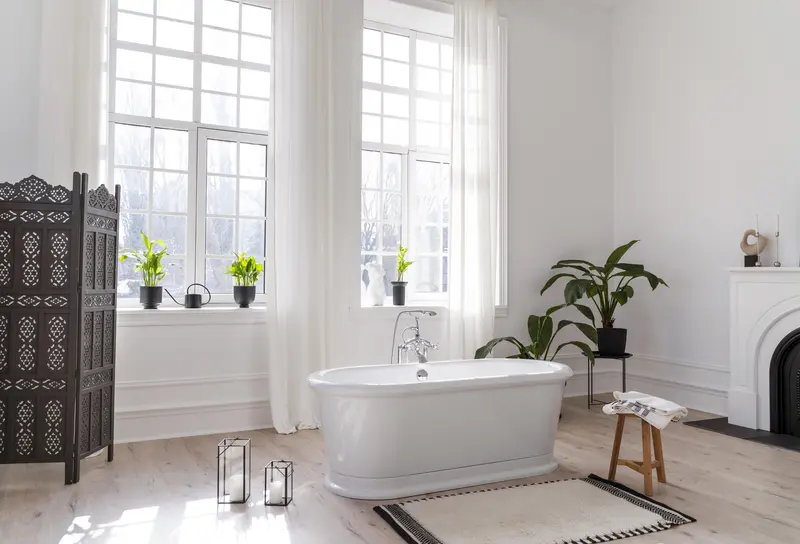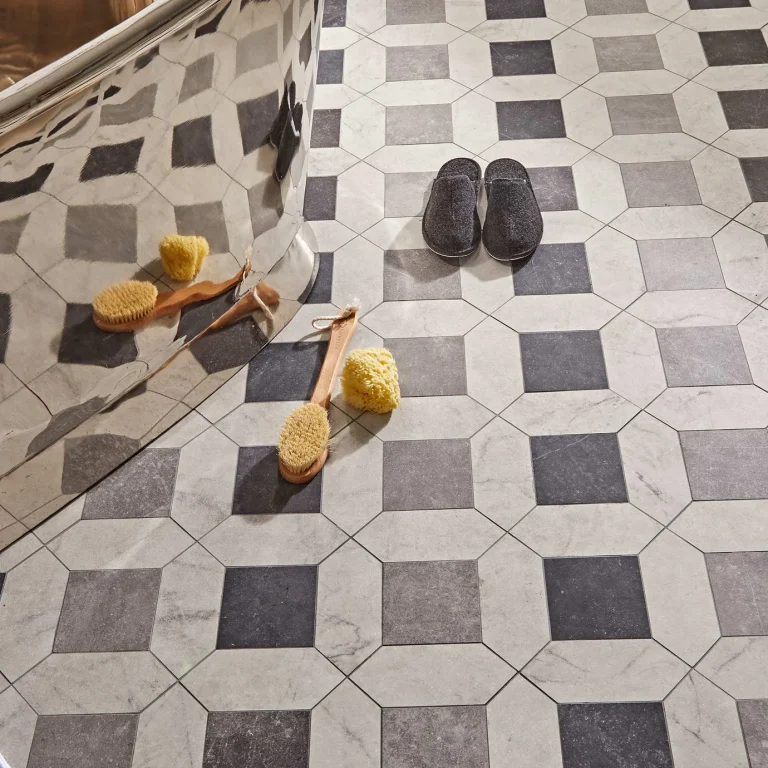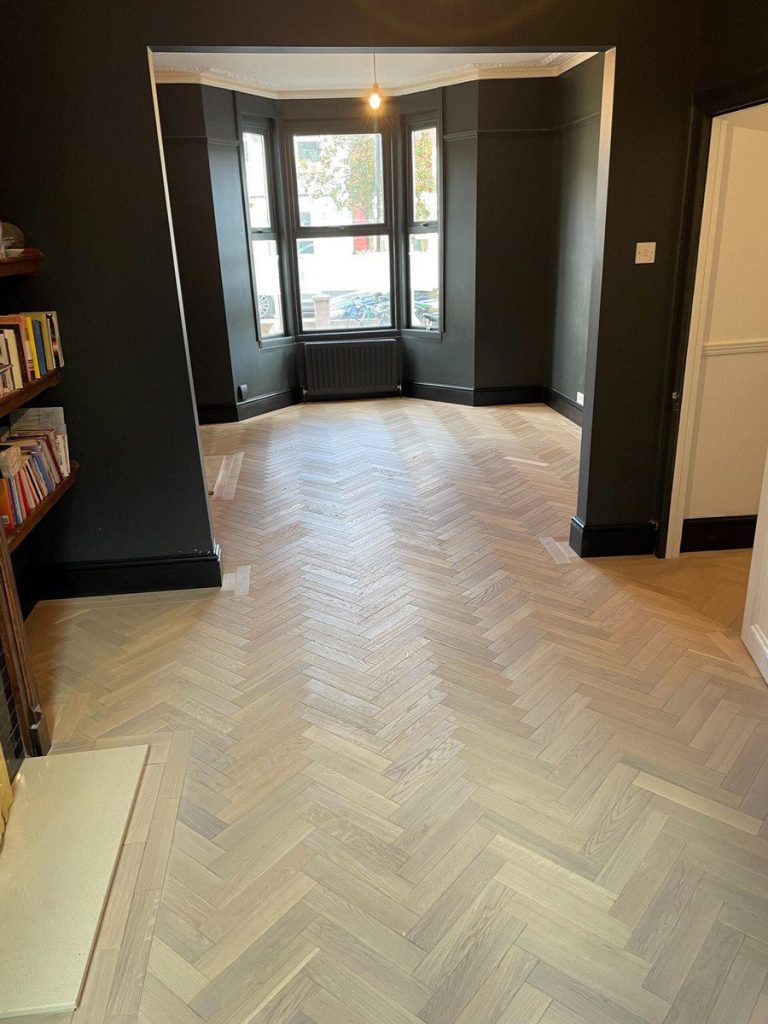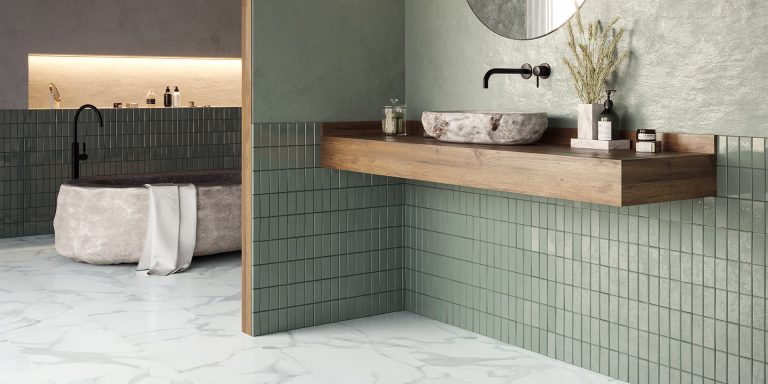Are you considering using laminate flooring for your bathroom but unsure if it’s the right choice? We will explore the advantages and disadvantages of using laminate flooring for bathrooms.
From discussing whether laminate flooring is truly waterproof to comparing it with alternatives like vinyl flooring and ceramic tiles, we will cover everything you need to know before making a decision.
Learn how to properly install laminate flooring in your bathroom for a durable and stylish finish.
The Advantages of Using Laminate Flooring for Bathrooms
One of the main advantages of using laminate floors in bathrooms is that they are a cost-effective alternative to other types of flooring, providing a durable and aesthetically pleasing surface.
Laminate flooring offers excellent protection against moisture, making it ideal for bathroom environments where water exposure is frequent. This water-resistant quality helps prevent the development of mould and mildew, keeping the bathroom clean and hygienic. The ease of installation associated with laminate floors makes them a convenient choice for homeowners looking to undertake a DIY project or hire a professional for a quick and efficient installation process.
The Disadvantages of Using Laminate Flooring for Bathrooms
The primary disadvantage of using laminate flooring in bathrooms is its vulnerability to water damage, which can cause the material to deteriorate over time if exposed to excessive moisture.
One of the main drawbacks of laminate flooring in bathrooms is that the moisture-prone environment can lead to warping, swelling, and bubbling of the planks. Continuous exposure to water can result in the breakdown of the adhesive holding the laminate layers together, leading to separation and irreversible damage. Standing water or spills that are not promptly cleaned up can seep into the seams and edges of the laminate, causing further harm.
Factors to Consider Before Using Laminate Flooring for Bathrooms
Determining whether laminate flooring is suitable for bathrooms involves assessing its ability to withstand the high moisture levels typically present in these areas and ensuring adequate protection to prevent damage.
When choosing laminate flooring for bathrooms, it is essential to consider factors such as waterproof properties, the quality of silicone-sealed joints, and the overall durability of the flooring.
One crucial aspect to keep in mind is the waterproofing feature of the laminate. Bathrooms are high-moisture environments, so opting for laminate specifically designed to withstand water exposure is vital to prevent warping and damage. Quality seals play a significant role in ensuring that water doesn’t seep into the joints, maintaining the integrity of the flooring.
The type of laminate you choose can greatly impact its performance in a bathroom setting. Look for laminate options that have a waterproof core and special sealants on the edges to enhance protection against water infiltration.
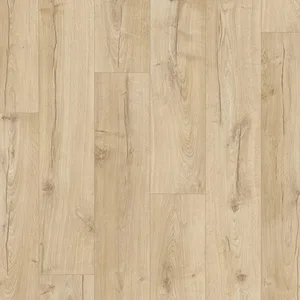

See product: Quick-Step Impressive Classic Oak Beige
What Makes Laminate Flooring Waterproof?
The waterproof properties of laminate flooring largely depend on features such as silicone-sealed joints and high-quality protective coatings that prevent water from seeping into the core material.
Regarding achieving waterproof laminate flooring, manufacturers employ various technologies and methods to enhance the product’s water resistance. One common technique is the utilisation of innovative click-lock systems, which create tight interlocking connections between planks, minimising the chances of water penetration.
Waterproof laminate flooring often incorporates hydrophobic coatings that repel water, acting as an additional barrier against moisture damage. These coatings not only provide a sleek finish but also play a crucial role in safeguarding the flooring from liquid spills and stains.
The Limitations of Laminate Flooring’s Waterproof Properties
Despite advancements in waterproofing technology, laminate flooring still has limitations, particularly at the edges and seams where water can potentially seep in and cause damage.
Given its layered composition, laminate flooring’s ability to withstand moisture is not as effective as solid materials like tiles or vinyl. The biggest concern lies in the vulnerable areas such as the edges and seams where the protective top layer may not fully seal the core against water infiltration. This is especially problematic in areas prone to spills or moisture buildup, such as kitchens and bathrooms. To address these issues, proper installation techniques, including ensuring tight seams and using sealants, can help enhance the flooring’s water resistance.
How to Install Laminate Flooring in a Bathroom
Installing laminate flooring in a bathroom involves several crucial steps, including:
1. Prepare the Subfloor
Preparing the subfloor is a crucial first step in installing laminate flooring in bathrooms, ensuring a clean, dry, and level surface for optimal installation.
Before laying down the laminate flooring, it is essential to thoroughly clean the subfloor to remove any debris, dust, or grease that could affect the bond with the adhesive. Additionally, levelling the subfloor is key to prevent any unevenness that could cause the flooring to buckle or warp over time. It is also crucial to address any moisture issues in the subfloor, as excess moisture can lead to mould growth, warping of the laminate, or even structural damage.
2. Choose the Right Type of Laminate Flooring
Choosing the right type of laminate flooring for bathrooms is essential, focusing on options that are specifically designed to be waterproof and moisture-resistant.
When selecting laminate flooring for bathrooms, it’s crucial to prioritise durability and water resistance to ensure longevity and functionality in a high-moisture environment. Look for laminate options that have a high waterproof rating to safeguard against spills and splashes. Consider textures and finishes that offer traction to prevent slipping. It’s also recommended to opt for laminate flooring with easy installation methods, as this can save both time and money during the remodelling process.
3. Use Proper Underlayment
Using the proper underlay is vital when installing laminate flooring in bathrooms, as it provides additional moisture protection and helps to create a smooth, even surface.
Underlay serves as a barrier between the subfloor and laminate flooring, preventing moisture from seeping through and causing damage. In a bathroom setting, where humidity levels are higher, this moisture protection is crucial to maintain the integrity of the flooring over time.
There are various types of underlay available for laminate flooring, including foam, cork, rubber, and felt. Foam underlay, for instance, is popular for its sound absorption properties, making it ideal for reducing noise in bathrooms. Cork underlay, on the other hand, provides natural resistance to mould and mildew, which is advantageous in damp environments like bathrooms.
Each type of underlay offers unique benefits, such as added cushioning for comfort underfoot, thermal insulation to keep floors warm, and enhanced moisture protection to prevent warping or buckling of the laminate planks. Considering these factors when choosing underlay for your bathroom can help prolong the lifespan and performance of your laminate flooring.
4. Seal the Edges and Joints
Sealing the edges and joints of laminate flooring in bathrooms is crucial to prevent water ingress and ensure the longevity of the flooring.
Regarding sealing these areas, silicone sealant is a popular choice due to its water-resistant properties and flexibility. Applying silicone along the edges helps create a watertight seal that blocks moisture from seeping into the gaps between the laminate planks. It’s essential to clean the joints thoroughly before applying the sealant to ensure proper adhesion. Other types of sealants, such as polyurethane or acrylic-based ones, can also be used depending on personal preference and the specific requirements of the project.
Are you ready to upgrade your bathroom with stylish and durable waterproof flooring? Look no further than TEKA Flooring! Our extensive selection of a variety high-quality laminate flooring options is designed to meet your needs and enhance your space.
Visit our showroom in Peterborough to explore our wide range of waterproof flooring options. Our knowledgeable team is ready to help you find the perfect flooring solution for your bathroom, offering expert advice and personalised recommendations.
Read also:


























